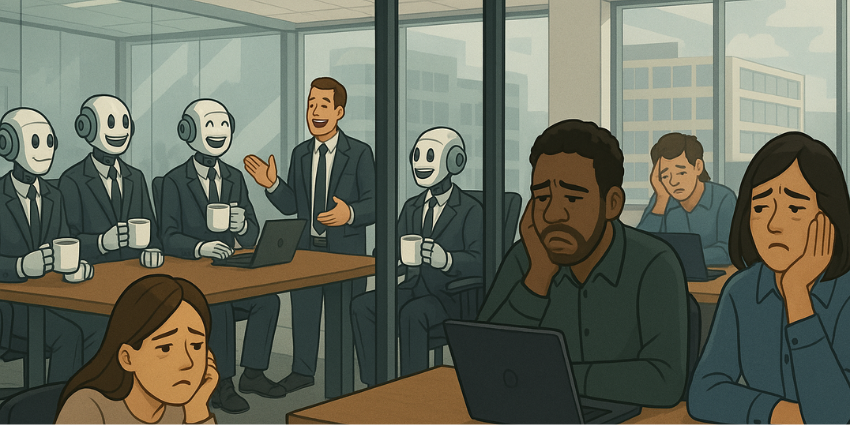Zoom has announced the availability of its new collaborative docs solution, Zoom Docs.
Powered by the company’s generative AI (GenAI) assistant, Zoom AI Companion, the tool aims to boost efficiency and make time spent in meetings “more meaningful.”
In essence, Zoom Docs will enable enhanced collaboration capabilities across Zoom Workplace by accessing information from Zoom meetings and converting it into the most relevant and beneficial format.
These efficiency-boosting features will allow companies to combat issues such as information overload and wasting time on repetitive tasks, according to Zoom.
The ability of the tool to save time and free up workers to focus on more important/enjoyable tasks was also discussed by Smita Hashim, Chief Product Officer at Zoom:
Zoom Docs is our first Zoom Workplace product with generative AI built in from the ground up; it effortlessly transforms information from Zoom Meetings into actionable documents and knowledge bases, so teams can stay focused on meaningful work.
“Zoom Docs is included at no additional cost with Zoom Workplace paid licenses, creating even more value for our customers. With AI Companion available every step of the way, Zoom Docs is purpose-built to empower people to ‘work happy’ and give them more time back in their day.”
So, let’s take a closer look at some of the features of Zoom Docs.
Zooming In on Zoom Docs
As seen in the below demo video released by the company, Zoom is keen to emphasize that its latest solution is not just another “old-fashioned writing tool.”
The company describes it as “the great productivity solution of tomorrow,” highlighting its ability to simply and smoothly collate and organize a user’s meeting discussions/notes.
The AI Companion streamlines the process of creating and editing meeting summaries, transforming them into easily editable documents, which reduces the time spent on note-taking and transferring notes into shared documents.
With templates available for various types of meetings, users can generate content directly from meeting transcripts.
AI Companion also enables users to revise and summarize content like articles and plans, adjust tone and style, correct grammar and spelling, and translate content into nine languages, with plans to support more languages in the future.
Collaboration is another key aspect of the solution, with the company outlining the following five features that will help boost meeting efficiency:
- Schedule and start meetings directly from a Zoom Doc, enabling quick collaboration and streamlined workflows.
- During meetings, create, share, and co-edit documents in real-time, with attendees able to follow along, comment, and edit without leaving the meeting window. This includes mobile users, who can view collaboration without signing in.
- Generate customizable, editable, and shareable documents that include key meeting information.
- Simplify document access with bulk permission settings for meeting attendees and options for temporary access during meetings. Docs can also be shared in Zoom Team Chat and direct chats.
- Share documents across Zoom Workplace via Team Chat, Zoom Mail, or invite colleagues to collaborate live in Zoom Meetings for efficient editing and collaboration.
More Product Releases from Zoom
Last month, Zoom introduced Workflow Automation, a no-code tool aimed at boosting efficiency and reducing time spent on routine tasks.
This feature allows users to create complex workflows across Zoom Workplace and third-party apps without needing technical skills.
Initially integrated with Zoom Team Chat, Workflow Automation enables tasks like automated messages for onboarding, setting up project update reminders, managing time off requests, and collecting feedback via chat.
It will eventually extend across the entire Zoom Workplace platform.
In discussing the new solution, Wei Li, Head of Zoom Team Chat at Zoom, said:
We built Workflow Automation to be easy for teams of all sizes and abilities to use.
“We’re launching Workflow Automation with Team Chat first because it’s an opportunity to strengthen collaboration with team members and get work done asynchronously.”







